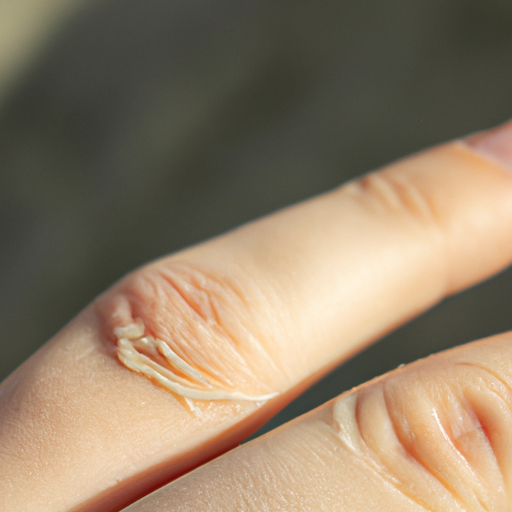As a dermatologist, I am often asked about the best ways to achieve radiant, glowing skin. One of the most effective methods is through regular skin exfoliation. This process removes dead skin cells from the surface of the skin, revealing the fresh, healthy cells beneath and promoting a youthful, vibrant appearance. This article will serve as your ultimate guide to mastering skin exfoliation.
Firstly, it is important to understand that our skin naturally sheds dead cells every 30 days or so. However, this process can slow down with age, leading to dull, dry, or flaky skin. That’s where exfoliation comes in. By manually removing these dead cells, we can stimulate the skin renewal process and unveil the radiance hidden beneath.
There are two main types of exfoliation: physical and chemical. Physical exfoliation involves using a scrub, brush, or other abrasive tool to physically remove dead skin cells. This method can be effective but must be done gently to avoid damaging the skin. Over-exfoliation can lead to redness, irritation, and even breakouts.
Chemical exfoliation, on the other hand, uses acids or enzymes to dissolve dead skin cells. Alpha hydroxy acids (AHAs), beta hydroxy acids (BHAs), and retinoids are all common ingredients in chemical exfoliants. These products can penetrate deeper into the skin than physical exfoliants, making them particularly effective for treating acne, hyperpigmentation, and signs of aging.
So, how often should you exfoliate? The answer depends on your skin type and the method of exfoliation you choose. As a general rule, physical exfoliation should be done no more than once or twice a week, while chemical exfoliation can be done more frequently, depending on the product’s strength and your skin’s tolerance.
If you have sensitive skin, it’s best to start with a gentle physical exfoliant or a low-strength chemical exfoliant, and gradually increase the frequency as your skin adjusts. Always listen to your skin – if it becomes red, irritated, or overly dry, you may be exfoliating too often or using a product that’s too strong.
Regardless of the method you choose, always follow up with a moisturizer to replenish any moisture lost during the exfoliation process. This will help to keep your skin hydrated and healthy, enhancing the glowing effect of exfoliation.
Lastly, it’s crucial to remember that exfoliation makes your skin more susceptible to sun damage. Always apply a broad-spectrum sunscreen with an SPF of at least 30 after exfoliating, even on cloudy days.
In conclusion, regular exfoliation is a key step in achieving radiant, youthful-looking skin. Whether you prefer physical or chemical methods, the most important thing is to listen to your skin and adjust your routine as needed. With patience and consistency, you’ll soon see the glowing results of your efforts. Remember, every great skincare routine is a journey, not a destination. So take your time, enjoy the process, and watch as your skin unveils its natural radiance.




